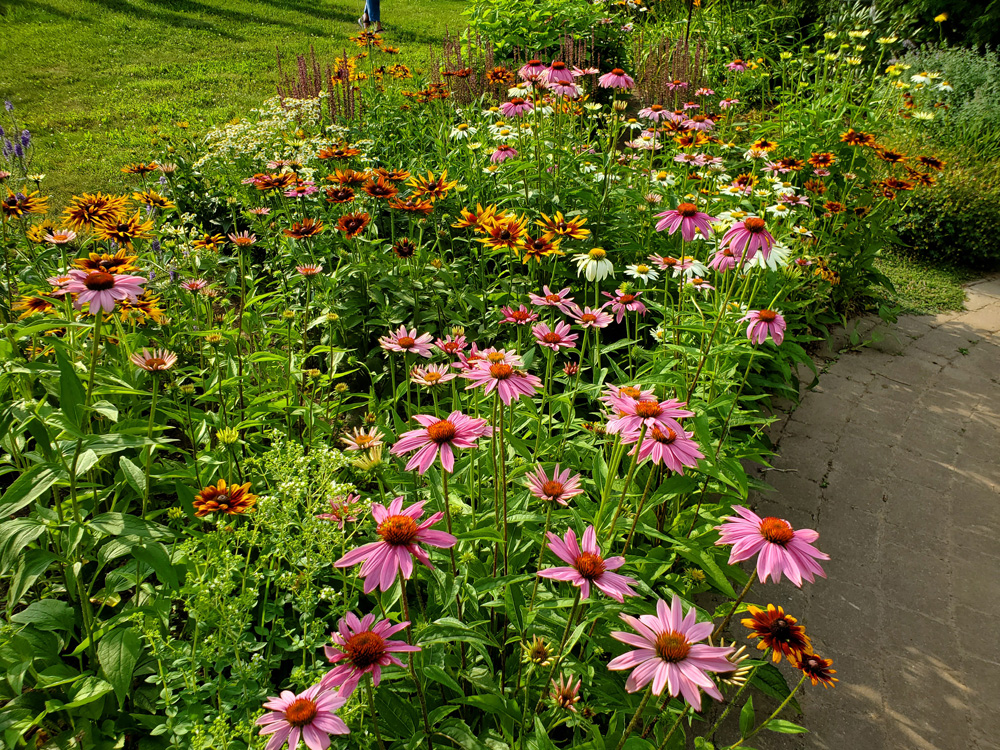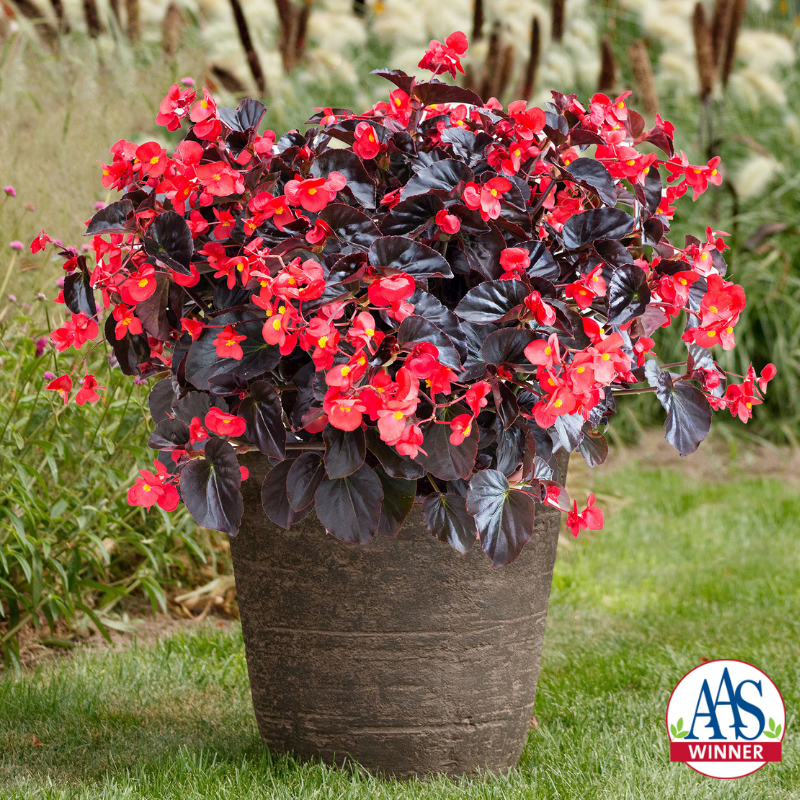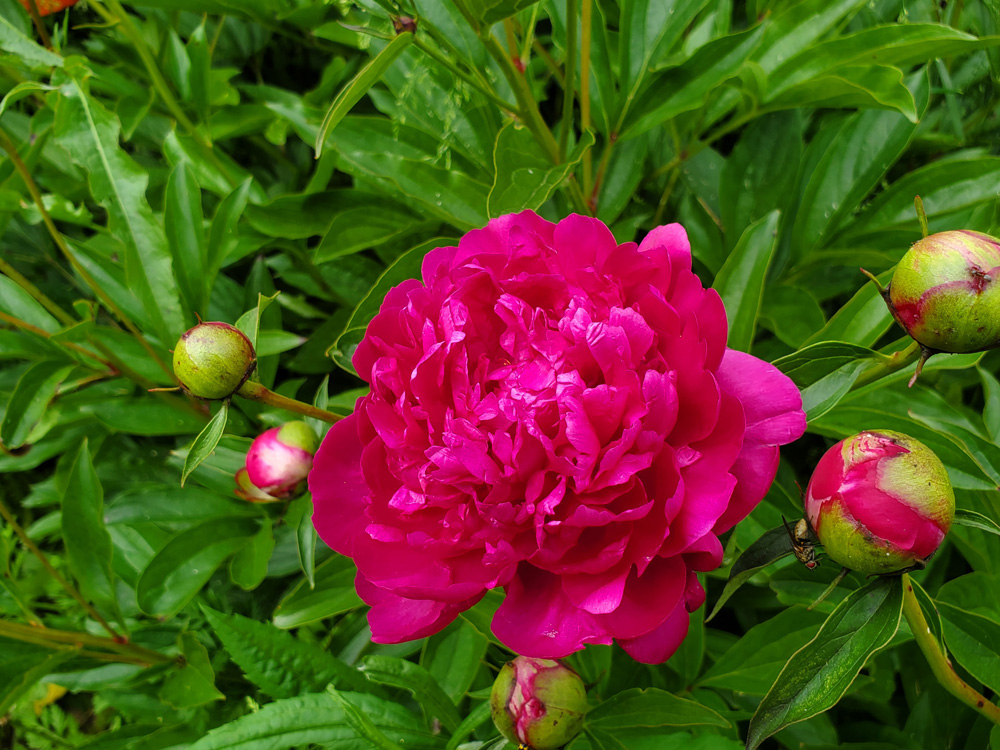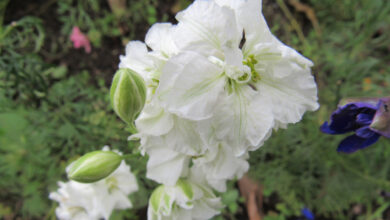Mixed borders: A garden staple

Mixed borders are a garden staple for many reasons. Mixed borders have been used for centuries to edge structures, fences, driveways, walls and other boundaries. Gardeners can choose a formal style or a more casual style for their borders and the type of plants that work well in borders is almost endless.
The first step in creating a border garden bed is choosing a site. Consider the amount of sun it receives and if it is in a hot, dry location or a cool, shaded spot. Borders can add curves to fences and structures and a hose or rope works well to help you lay out the shape of your border.
Think about what style you would like for your border. Look through gardening books, magazines, the internet and around your own neighborhood or public gardens for inspiration. Season of interest refers to the time or times of year your mixed border will brighten your landscape. You can focus on plants that bloom during high summer, or you can extend visual interest to encompass all the seasons. Spring bulbs can add color and interest early in the season. Planted in the middle or back of the border, their dying foliage can be covered by emerging perennials in late spring. You can create a diagram to help you remember where bulbs are planted or take a picture while bulbs are in bloom. Shrubs with colorful foliage, grasses, asters and goldenrod can keep color going into fall. Seed heads, evergreens and bare branches of shrubs, especially shrubs like red osier dogwood which can have bright red or yellow-green branches, add color and interest all winter.
Selecting plants for your border is fun; just make sure they are suited to the site. If it is hot and dry, you will want plants that can withstand those conditions. If it is shady, you will need plants that tolerate shade. Consider native plants as part of your plan to welcome pollinators and birds to your garden. Small trees can be a part of your border plan, and remember groups of odd numbers of plants in a repeated pattern result in a pleasing flow and design. Don’t forget about annuals, containers and even herbs and vegetables. Planting a few vegetables among flowering perennials can help with pollination and protect vegetables from pests and disease, as well as add to the enjoyment you get from your border. It can take discipline, but try not to overcrowd your border, which can be unhealthy for plants. Also, consider hardscape items such as a birdhouse, statuary or even an arbor. These items add year-round interest and can be focal points in the border.
Preparing your border site can be labor intensive. I have chipped away at borders for years, increasing them in size at a slow pace. To clear weeds and lawn, there are several methods. You can dig, smother, or use herbicides. Just preparing the site can take more than one season, especially if you are smothering the area with tarp, newspaper or sheet composting. The extra time and effort can pay off in the long-run, if you have the patience and time. Do a soil test the autumn before planting so there is time for any adjustments needed to take hold. Add organic matter such as compost or well-rotted manure. Make sure you can easily water your border, especially as it is becoming established.
When it comes time to plant, think about how color combinations will work and which plants will work best in the back, middle and front of the border. Texture of leaves, grasses and bark is important to create an interesting design. You can arrange plants while they are still in their pots before planting. Enjoy your border and don’t be afraid to make changes if certain plants don’t thrive or become more aggressive than you anticipated, or you find your plant preferences change as the years go by.






